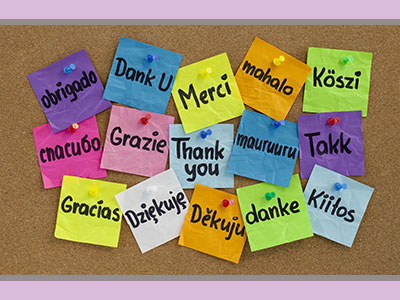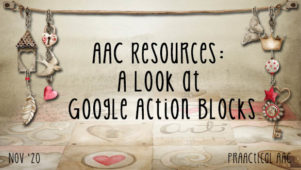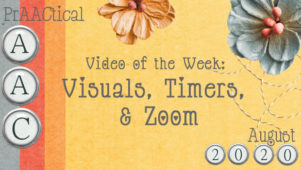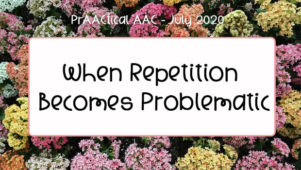6 Reasons to Thank App Developers
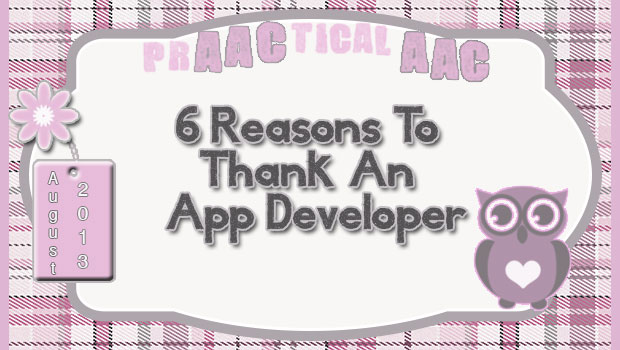
As you know, we love combining apps in intervention as one tool for engaging learners in meaningful language activities. Apps can also be used within home prAACtice and ‘waiting time’ recommendations. Some of the apps we use and recommend are made for general as well as special education while others are just everyday apps developed to make life easier. When we use the apps for communication and language there are some features that help many of our students. Additionally, there are updates and other things that really help educators. This is just a beginning list of app features we love (feel free to write with more).
THANKYOU APP DEVELOPERS FOR:
- Listening to feedback- we have emailed many app developers with ‘feedback’ and have always received responses and often that feedback is incorporated into updates to the app.
- Building in choice making opportunities- We love apps that require active participation on the part of the learner. This is easily accomplished with choice making and many apps have learners choose characters, settings, tools, utensils, etc. Choice making is great because all selections are correct which allows learners to be successful and gives us a lot to talk about in terms of descriptions, ratings, and comparisons .
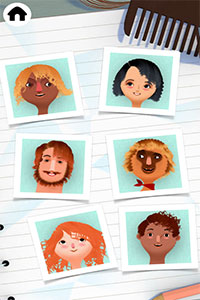
- Considering prompting- We love apps that do more than provide a ‘nice’ error message. It is so helpful when there is a prompt hierarchy when an error response occurs. Some apps prompt by reducing the number of answer choices when the wrong one is selected, others highlight a correct answer with blinking lights or sound but the main idea is that app developers often think about how to prompt a correct answer rather than just have a correct vs incorrect response.

- Having reinforcement related to meaning – It is important to relate meaning in as many ways possible, especially for language learning. So when app developers make reinforcement meaningful, it is easier for many learners to learn. It is great when words to pictures are matched or spelled, those pictures ‘come to life’ rather than a random balloon or character dance around. It is awesome when the verbal reinforcement is positive, specific, and related to the reason you are using the app (“Wow, you wrote _______ ” rather than “good job”).
- Letting users know how many they need to complete before ‘winning’ or finishing – It is very helpful when there are indicators of how many need to be completed before you ‘win’, finish, or are going to receive the reinforcement. In gaming apps, there are often ways to know when a level gets completed but in learning apps, this is not always the case. We have ‘played’ apps that seem to go on forever. There is no clear ending. However, others have ‘winning’ or ‘finishing’ indicators. Sometimes this is accomplished with circles that get filled, or check marks in boxes or even a timer. This really helps increase motivation especially if the task is more challenging.

- Providing ‘lite’ versions or discounts- Let us begin by saying we have no problem paying for apps. We know how expensive and time intensive it is to develop great apps. However, expenses add up quickly for us as well as for our families. When there is a ‘lite’ version, we can try it out and make sure it does what we need it to do before purchasing it or recommending a family buy it. Also, we really appreciate when app developers have ‘sales’ or become part of a ‘free app for a day’ promotion. It really helps people out & also lets us know a little about generosity.
Filed under: PrAACtical Thinking
Tagged With: Apps, Learning, visual supports
This post was written by Robin Parker
